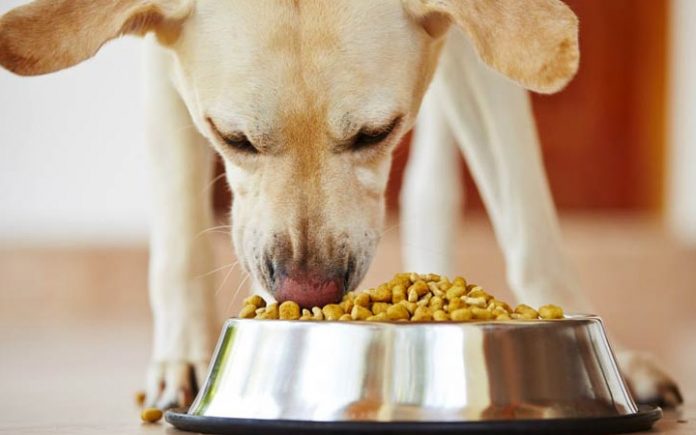Last Updated on December 11, 2020
Being a dog parent is a full-time delightful job – all you want is to have a happy puppy, and therefore you will do everything in your power to guarantee that your pooch is living their best life. That means taking care of everything, from puppy training to puppy trims, without forgetting pet insurance, and of course, their food.
Just like you are careful about choosing what you eat, you should also be careful when choosing your dog’s food. Food can play a big role in your puppies’ health, which is why it is very important to make weighted choices – you should always opt for the healthiest food you can afford, and this extends to healthy dog treats as well.
Below, you can find 6 answers to the question “how to choose healthy dog food” – we hope it helps you become an even better and more informed dog parent. Read ahead for more!
1. Consider your dog’s physical characteristics
When shopping for puppy food, you should consider your dog’s physical characteristics, as well as their behavior and general health. For example, small puppies are still growing, so they will require a higher calorie count per day. The same happens for lactating moms or highly active dog breeds.
On the other hand, lazier dogs and older dogs will not need so many calories, as they won’t perform a lot of physical activity and feeding them excess calories can lead to health problems, such as obesity.
Some puppy food brands will formulate their foods based on the dog’s breed, but the vast majority only makes the small breed/large breed distinction, so it is always important to read the nutritional information.
2. Know what the words on the package mean
This is something you may have never considered, but according to an FDA analysis of pet food labels, the words on the packaging perform as a code for how much protein that food contains.
Names like “Chicken Dog Food” or “Beef for Dogs” indicate that the product probably as much as 95% of protein, excluding the water content.
When you add water to the equation, the protein percentage goes down to 70%. Another indicative word is “dinner” – if the name of the food includes the word dinner, the food will only contain about 25% of protein. This same rule can apply to terms like ‘’platter’’ or ‘’entrée’’, for example.
Plus, if the label talks about more than one ingredient, both combined must amount for at least 25% of the total product.
3. Learn to read the ingredients.
If you want to be the proud parent of a healthy dog, you should always read the list of food ingredients. The ingredients listed on the label are based on weight, but choosing food with meat should always be your top priority.
By nature, dogs are omnivores, and they shouldn’t be fed a vegetarian diet unless they suffer from allergic reactions to certain types of meat-based food.
You can feed meat directly to your dog, and by meat, it means that you can include the skeletal muscle of animals, but it may also include tissue from the heart or the esophagus, as well as fat and gristle, just like meat for human consumption sometimes does.
A meat meal, however, describes a rendered product made from animal tissues. It is also important to make sure that the primary ingredient is not a grain, tuber or vegetable because they don’t have the nutritional value that dogs need.
Manufacturers will often produce corn-based food, for example, because it is easy to digest and it is inexpensive, but because it is low in protein, as well as on vitamins and minerals, it is kind of useless for your dog.
4. Decide if your dog should have a grain-free diet
If you suspect your dog is suffering from puppy allergies, you need to pay a visit to your doctor to be sure that that’s the case. Do not eradicate grains from their diet just because you think they might be allergic, be sure to run tests first.
Unless your dog has severe allergies, grains are not harmful to them, and formulas that include grains are also often cheaper.
5. Know if your dog has any food intolerance
When picking a food for your dog, you need to be informed about possible food allergies or intolerances. If a puppy is intolerant to a certain kind of food, they might show some signs, like excessive licking of the paws, frequent vomiting and diarrhea and scratching, but a visit to the vet will help you figure things out.
For most cases, the main protein is what tends to cause the food allergy and not the grains – so don’t buy into the whole gluten-free dog food. You need to consider your dog as an individual and find the most adequate options considering the full range of characteristics that define your dog.
6. Read about your brand of choice
After being extra careful and going through every stage in order to pick your dog’s ideal food, it is time to do some homework.
The best puppy food brands should, of course, ensure that your dog is getting all the nutritional value they need for a healthy life, but you, as the owner, should ensure everything else.
It is always good to know who we are buying from, so doing a little research on the manufacturer can’t hurt – this way you can ensure quality control, and verify other important aspects, like do they source ingredients in an appropriate manner? These things are not required to be on the label, that’s why it is up to you to find out.
< >






















